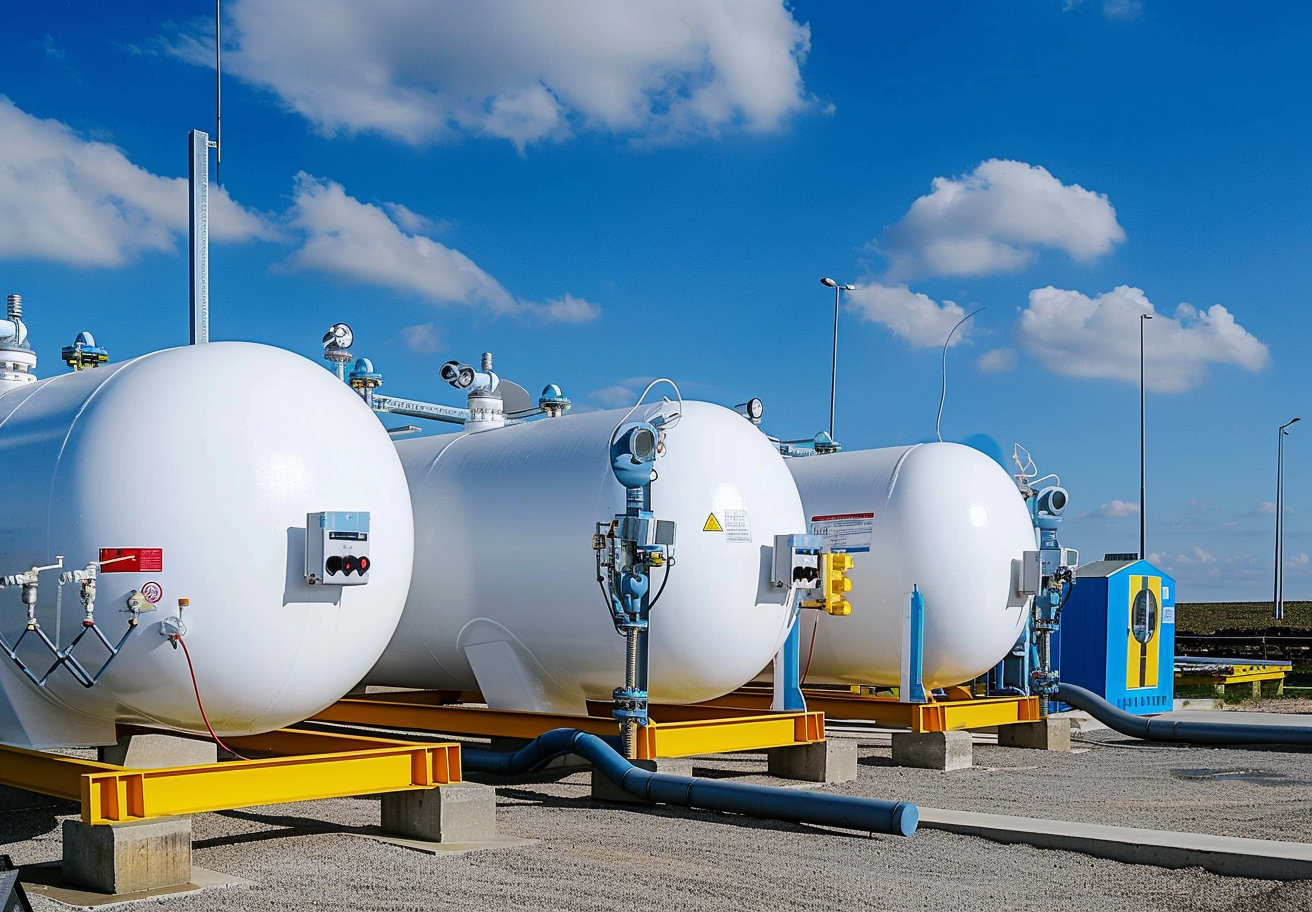
The aerospace and automotive industries are currently undergoing a revolutionary transformation driven by the pursuit of cleaner, more efficient, and more sustainable transportation options. At the forefront of this evolution are Aluminum Scandium (Al-Sc) Master Alloys, which have emerged as catalysts for reshaping the future of both automobiles and aircraft. This article provides a comprehensive exploration of the pivotal role played by these master alloys, ushering in an era of lighter, more fuel-efficient, and environmentally friendly vehicles and planes.
Figure 1. Aluminum Scandium Master Alloys
In aerospace engineering, weight is a formidable adversary. It influences everything from fuel consumption to payload capacity, ultimately dictating the limits of efficiency and performance. The automotive industry has also wrestled with the conundrum of weight for decades. Heavier vehicles demand more fuel, contributing to higher emissions and reduced fuel efficiency. In a world increasingly conscious of environmental concerns, the need for lightweight yet robust materials has never been more critical.
Aluminum, with its inherent lightweight properties, has long been a preferred choice. However, Aluminum Scandium Master Alloys are elevating this choice to new heights.
Scandium, an element from the rare earth group, possesses extraordinary properties when combined with aluminum. Its unique contribution lies in its capacity to refine the grain structure of aluminum alloys. This refinement unlocks a world of advantages:
Small quantities of scandium addition into aluminum lead to significantly enhanced tensile strength without the burden of added weight. This breakthrough is a game-changer, allowing the construction of aircraft that are both lighter and stronger, leading to dramatic improvements in fuel efficiency and overall performance.
Al-Sc alloys demonstrate superior fatigue resistance, making them ideal for critical aircraft components subjected to the rigors of flight. They can withstand the continuous stress and load cycles encountered during takeoff, cruising, and landing, ensuring long-term reliability.
The reduced weight of Al-Sc master alloys leads to substantial fuel savings. Airlines can operate more efficiently, reducing carbon emissions and operational costs while offering passengers a greener and more cost-effective mode of travel.
Thanks to these unique features, Aluminum Scandium Master Alloys are applied to a wide range of industries.
The scope of Aluminum Scandium Alloys in aerospace is expansive:
l Aircraft Structures: Al-Sc alloys are used in the construction of various structural components, from fuselages to wings. These alloys enable aircraft to maintain their structural integrity while shedding weight, delivering unmatched performance and safety.
l Engine Components: In the demanding environment of gas turbine engines, where heat and stress are formidable foes, Al-Sc alloys provide the strength and resilience required by critical components like turbine blades and casings.
l Space Travel: The need for lightweight yet robust materials is paramount in the exploration of outer space. Al-Sc alloys play a pivotal role in crafting spacecraft components that can withstand the extremes of space travel.
[1]
Figure 2. Aircraft Components
Aluminum Scandium alloys have a far-reaching impact on the automotive industry:
l Vehicle Structures: Al-Sc alloys are used in the construction of various vehicle components, from chassis and frames to body panels. These alloys allow automakers to maintain structural integrity while reducing weight, leading to improved performance and fuel efficiency.
l Engine Components: In the demanding environment of internal combustion engines, where heat and stress are formidable challenges, Al-Sc alloys provide the strength and durability required by components such as pistons, cylinder heads, and engine blocks.
l Fuel Efficiency and Environmental Responsibility: Al-Sc alloys align with the automotive industry's commitment to environmental responsibility. By reducing vehicle weight and enhancing fuel efficiency, these alloys play a significant role in crafting cleaner and more sustainable transportation solutions.
[2]
Figure 3. Automobile Components
In conclusion, Aluminum Scandium Master Alloys elevate the performance of aluminum materials in the aerospace industry and the automotive industry. Aircraft and automobiles are lighter, stronger, and more efficient than ever before. Aluminum Scandium Alloys will definitely pave the way for a brighter, greener, and more sustainable future.
Stanford Materials Corporation (SMC) stands as a premier provider of Aluminum Scandium Master Alloys, delivering a diverse range of aluminum-based alloys coupled with unparalleled customer support. Send us an inquiry if you are interested.
Reference:
[1] Gloria, A.; Montanari, R.; Richetta, M.; Varone, A. Alloys for Aeronautic Applications: State of the Art and Perspectives. Metals 2019, 9, 662. https://doi.org/10.3390/met9060662
[2] Britannica (2023). Automobile [Photograph]. https://www.britannica.com/technology/automobile
Eric Loewen
Eric Loewen graduated from the University of Illinois studying applied chemistry. His educational background gives him a broad base from which to approach many topics. He has been working with topics about advanced materials for over 5 years at Stanford Materials Corporation (SMC). His main purpose in writing these articles is to provide a free, yet quality resource for readers. He welcomes feedback on typos, errors, or differences in opinion that readers come across.

 Inquiry List
Inquiry List

